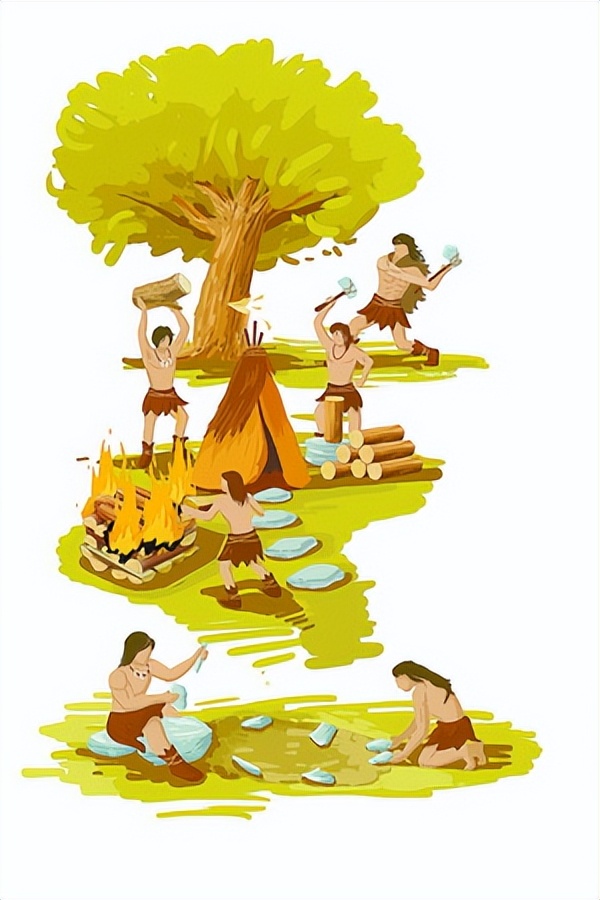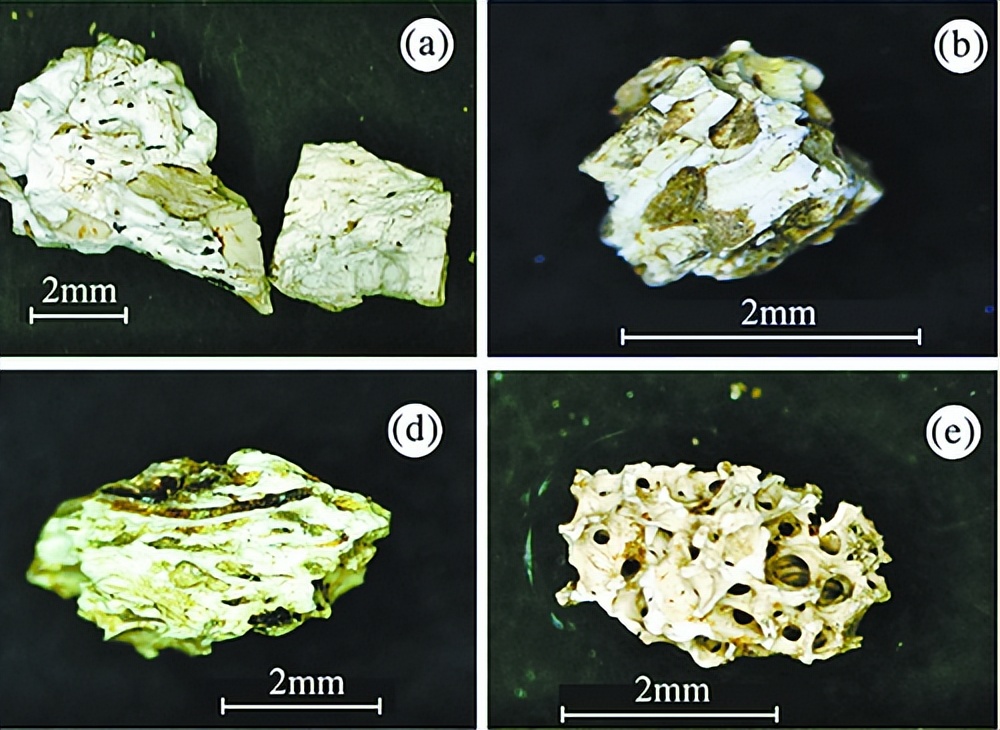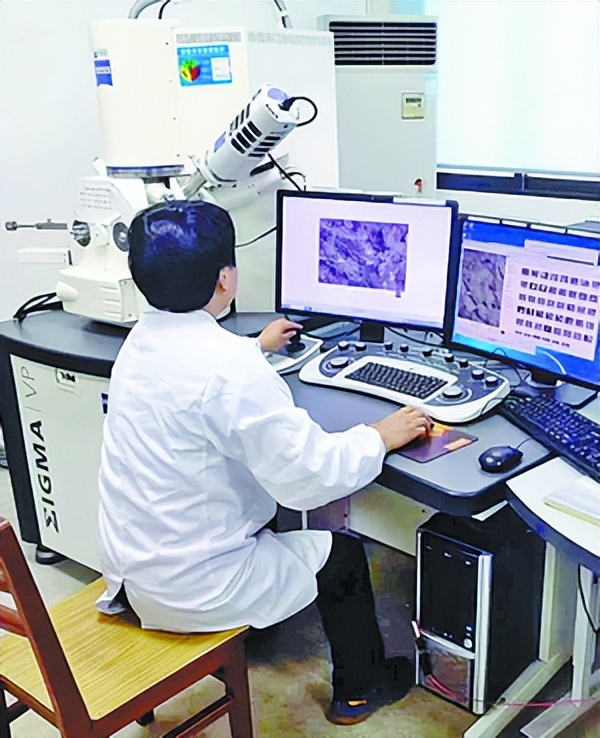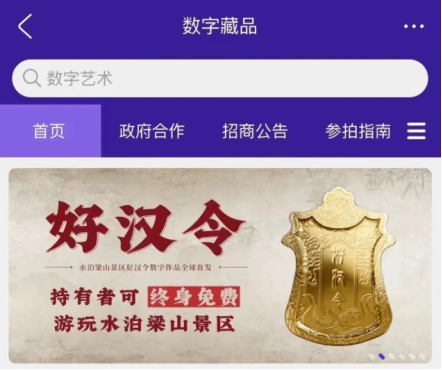New discovery of Xiamen University Archeology!This is the earliest fire burial tomb in the Neolithic era →
Author:Xiamen Daily Time:2022.07.10

Drawing/Zhang Plain
Archaeologists at Xiamen University have found that the cremation behavior of the Neolithic Age, which is 4800-4400 years ago, has been at least 2000 years earlier than the cremation customs recorded in the text.
Xiamen University recently released news. The team of Associate Professor Ge Wei of the Science and Technology and Archeology Laboratory of Xiamen University revealed a group of tombs of the Jing'an Huudun site in Jiangxi Province.
This is also the first time in China to clarify the nature of cremation tombs through scientific and technological analysis. Previously, it was only speculated based on sporadic archeological phenomena.
This discovery was published online in the International Bone Archeology Magazine on June 23. Xia Yuqian, a doctoral student of the 2018 Archeology of Xiamen University, is the first author of the thesis and Ge Wei is the author of the communications.

▲ The Cemetery of the Tiger House and the Southern Southern Holiday Fair.
Why is it important to discover the funeral tomb?
According to Ge Wei, the behavior of proper treatment of the deceased has appeared in the old stone era. It is an important phenomenon in the process of human evolution and has general sociology and cultural historical significance.
After entering the Neolithic era, different funeral customs have gradually become one of the important factors of ethnic distinction. Burting is the most common method of burial. Not only that, since the Han Dynasty, it was influenced by Confucianism, and the cremation has been banned by the government of the government.
However, because the cremation is less occupied by land, and the cost is less than the burial, coupled with the influence of Buddhism, the cremation is popular in the folk, and it is popular in the Jiangnan area.
According to "Liezi", Qin Kingdom has "the country of Yicu" west, and his people use cremation as a filial piety, indicating that my country already has a variety of funeral culture during the Spring and Autumn Period and Warring States Period.
Ge Wei said that this is also the earliest cremation tomb recorded in my country.

▲ Research part of the bone of extraction.

Observe the bone -like cracks under the microscope.
How did the tomb discover?
The Tigerdun site is located in the Dengjia Natural Village of Zhonggang Village Committee of Gaohu Town, Jing'an County, Jiangxi Province. In the fall of 2010, Ge Wei led a junior in archaeological majors in Xiamen University to participate in the field internship hosted by Xu Changqing, the director of the Jiangxi Provincial Institute of Cultural Relics and Archeology (now the Jiangxi Provincial Institute of Cultural Relics and Archeology).
Ge Wei said that this is actually a study of "inadvertently inserting willow". Ge Wei's research interest is mainly based on plant archeology, focusing on the ancient human economic life reflected by carbonized plant seeds in archeological soil -like. He and his students tried to find carbonized plant relics from the tomb of the Tiger Dun site through the floating method. I did not expect that there was an unexpected harvest. They did not find the seeds of carbonized plant, but found a small amount of bone residue in the black filling.
Earlier, the Tigerdun site excavated 112 small tombs about 1 meter and about 0.5 meters wide and about 0.5 meters wide. In other words, at least from the "body shape", these tombs are different from burial tombs. Most of these tombs are mixed with charcoal dandruff and braised soil blocks in the fill soil, and some have fire roasted walls.
So, can this show that these tombs are cremating tombs?
Ge Wei said that, in fact, there are also opinions that this small -scale tomb just reflects a funeral custom of a secondary burial. The bones of the dead will be buried twice or twice, which may have nothing to do with burning. But there are also opinions that this reflects the custom of cremation.
Earlier, archeologists judged whether a tomb was the basis for the crematorium tomb to observe the form of relics in the tomb, and to speculate whether the bones in the tomb were heated from color. The form of tomb relics and bone colors can easily be affected by the buried environment, and the bones heated at high temperatures and unheated bones are gray -white. Therefore, only scientific evidence that lacks supportable scientific evidence is observed with the naked eye.
How to determine it is cremation tomb?

▲ The staff studies bones with electronic microscope.
So, is the tomb of the Tiger Dune site, is it cremating tomb?
Gewei team cooperated with Jiangxi Provincial Institute of Cultural Relics and Archeology, Jiangxi Provincial Museum and other units to use the floating method to extract some bone residue from the top ten tombs of the tiger pier site, and bring it back to the Xiamen University Science and Technology Archaeological Laboratory Nine of them are small tombs in the Neolithic era, and another tomb of the Han Dynasty was compared.
Here we should talk about hydroxylhhelite. It is the main inorganic component of human bones. As the temperature changes, hydroxylhhelite has different crystalline.
The experimental staff found that the high temperature heating of 700 degrees Celsius to 1,000 degrees Celsius through the analysis of Fourier transformed into infrared spectrum and scan electron microscopy found that before burial, thereby confirming the tombs of the nine Neolithic era from the scientific and technological level. The human bones in the Han Dynasty were not heated.
The researchers also carbon the fourteen-year-old annual annual annual bone of the Neolithic Age. The results showed that the age was about 4800-4400 years ago. The age of the British Boulder Tomb (about 5000-4500 years ago).
Ge Wei said that the study was the first time in China to clarify the nature of the crematorium tombs through scientific analysis. Before that, it was only a written record, indicating that my country had a variety of funeral culture during the Spring and Autumn Period and the Warring States Period.
In other words, this time the Xiamen University team found that the earliest thermal burial tomb so far in my country has so far in China, which is at least 2000 years in advance than previously recorded crematoriums.
【sound】
Integration technology forces and archeology are more accurate
Xiamen University Science and Technology Archeology Laboratory is the first new liberal arts laboratory at Xiamen University. It is committed to conducting archeological research with natural science methods. The members include from the School of Chemistry and Chemical Engineering, the School of Materials, the School of Life Sciences, the School of Ocean and Ecological Institute from Xiamen Universityresearcher.Ge Wei said that with the development of science and technology, archeology is no longer the old appearance of "the first shovel away from the world". Scanning electron microscopy imaging, spectral and even molecular biology technology has been universally used in archeology, technological methods and archeology in archeology, technology methods and archeologyThe integration of learning research is a clear direction.For example, archeologists have been used to extracting samples to carbon fourteen laboratories to obtain exact age.Carbon fourteen is a kind of radioactin of carbon element. Since its half -life is more than 5,000 years, and exists in organic matter, we can measure archeological materials based on the abundance of residual carbon fourteen in the dead creature body.Absolute age.This article/Xiamen Daily reporter Xun Yan
Correspondent Guo Yan
This landscape/Xiamen University Science and Technology Archaeological Laboratory provided (except for the signature)
- END -
The foundation of the literature of art history research
Chinese calligraphy and painting literature is the logical starting point and object of Chinese art history research. Systems collection, sorting, and verifying the documentation of books and calligra
Offline travel is trapped, can the layout of digital collections be siege?

China's first tourist city in Yuan universe, the first Yuan Cosmic Digital Scenic ...